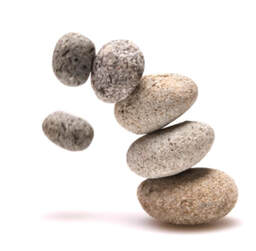 Many of us feel out of balance. Like you lean to the side or one hip or shoulder sits higher than the other. One of the reasons for this is that an automatic nervous system response is triggered when one side of your body is injured or is in pain. There are flexor muscles that contract to pull the injured or painful area away from the pain. Then the extensor muscles are activated on the other side of the body to balance your weight and stop you from falling over. The problem is that whilst this process is great when you are experiencing acute pain or injury, when the healing process is very slow and we start to have chronic pain, we can develop permanent, habitual motor patterns that cause misalignment, defective movement and even further pain! Interestingly, these patterns are further reinforced because of the intense emotional state that we are in during and after an injury. Just like we never forget something like our first kiss, the strong emotional reaction we have when we’re injured leaves an indelible imprint of that pattern of muscle contraction. These patterns can contribute to the many issues we experience like sciatica, hip and knee pain, frozen shoulder, bursitis and carpal tunnel syndrome. Assisted stretching can help to even out these imbalances by breaking down the build up of dense tissue around the affected areas and helping you become more intune with your movement patterns. Source: Sarah Warren The Pain Relief Secret
0 Comments
Leave a Reply. |
MargieI'm Margie, the owner of A Good Stretch. I love helping you feel good! Archives
April 2024
Categories |
Photo from shixart1985

 RSS Feed
RSS Feed
